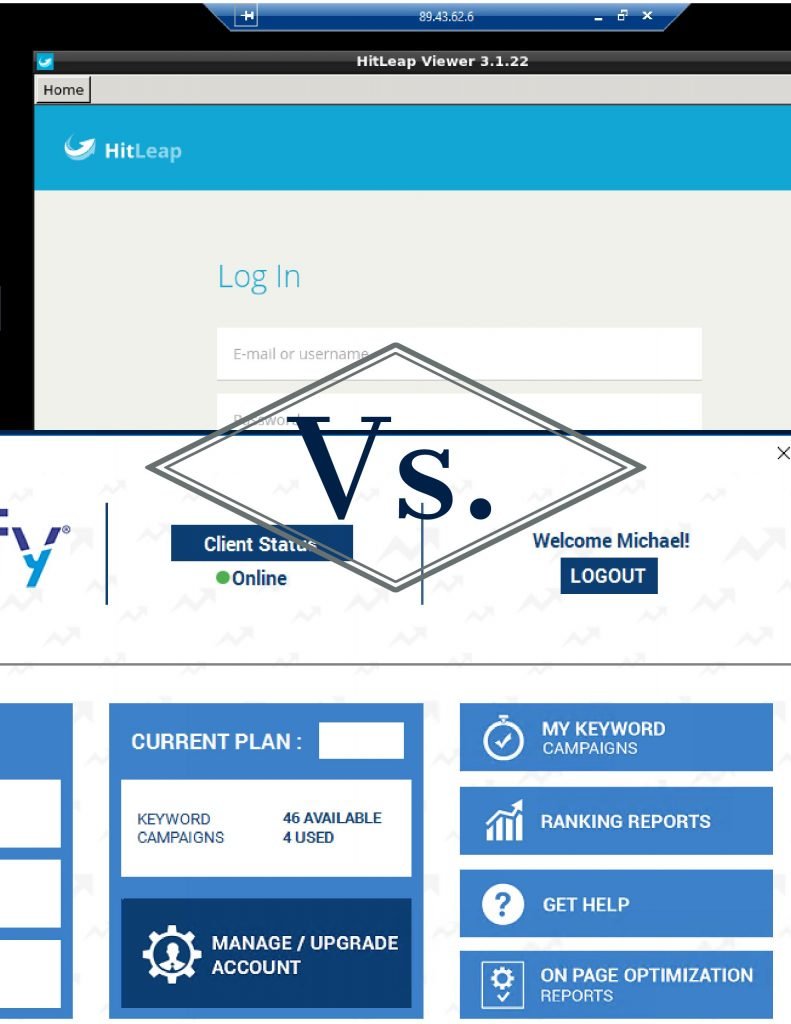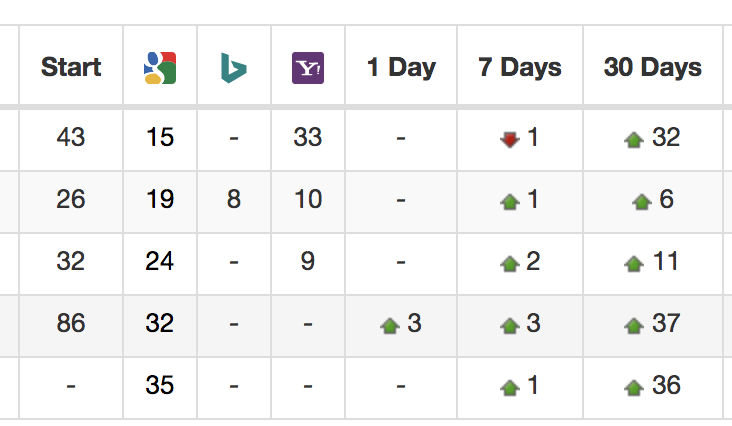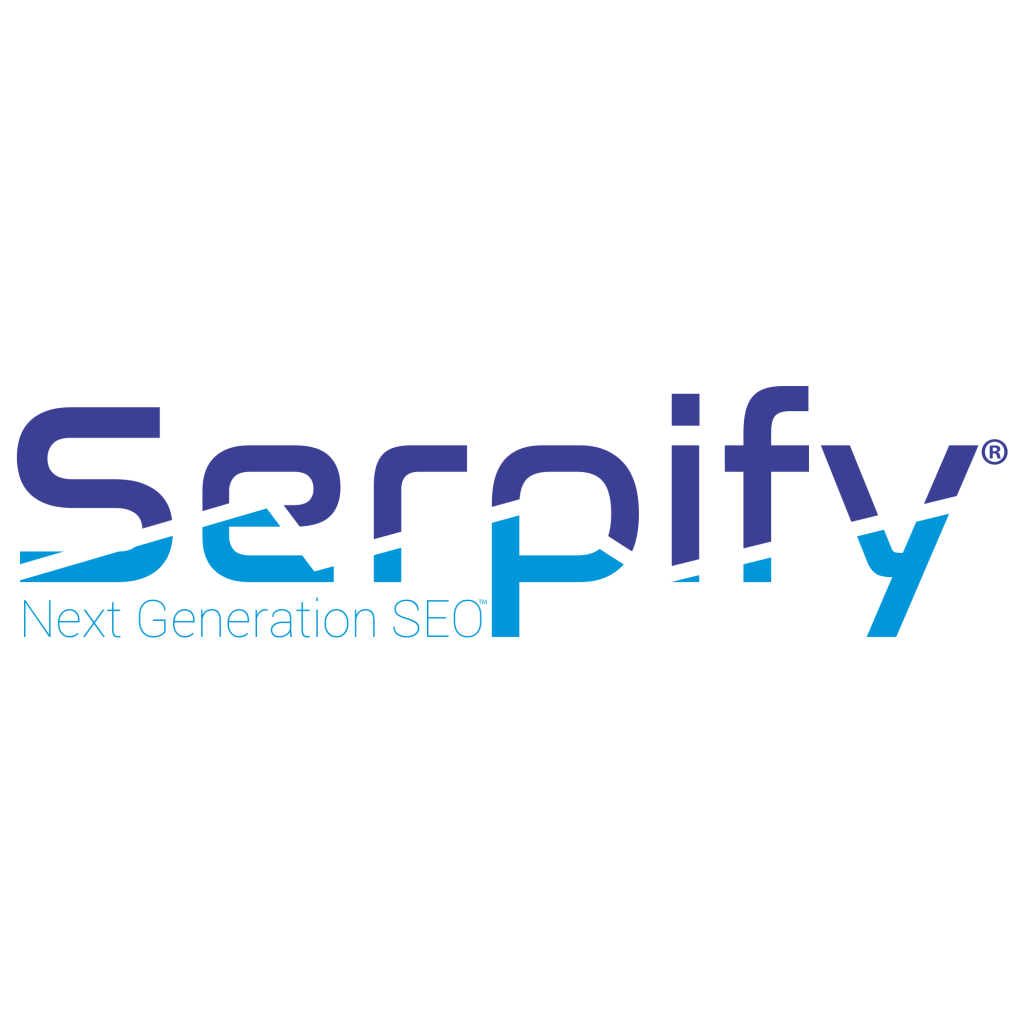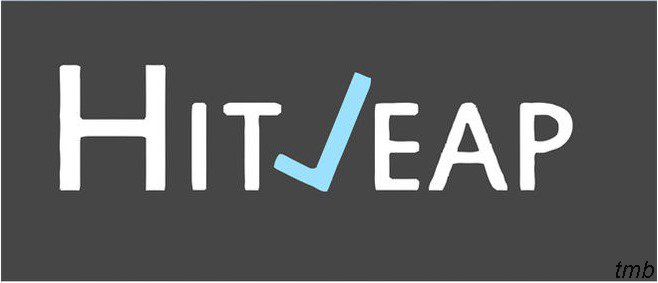So you’re thinking about Serpify or Hitleap Traffic Exchange, eh?
I’ve been paying for traffic for a long time, literally years.
Anytime I launch a new website, my goal is to get the Alexa rating under 100,000 in the first six months. Then I try to get it under 50,000 within the first year. While that has always been my primary motive for buying website traffic, now I’ve got other reasons as well.
In this review, I’ll compare HitLeap and Serpify, the two largest/best traffic exchanges, to the best of my knowledge. I’ve used both extensively, and I know the pro’s and con’s of each.
With HitLeap, the browser is visible for the whole world to see. With Serpify, it’s hidden.
This can be good or bad, I suppose, depending on how you look at it.
If you don’t mind people knowing you’re paying for traffic, there’s a slim chance someone who’s paying for traffic may find your site interesting. This could possibly work to your advantage with HitLeap. That said, if the browser isn’t visible, no one knows anything, which is probably ideal, but that’s just my preference.
What both solutions have in common is you’re required to download the Windows client applications to use them.
If you’ve got system resources to spare, it’s not the end of the world or anything, but my preference would be to not have to download anything. That’s just me.
Now, neither of them use a whole lot of memory or CPU, but what I like about Serpify is it scales up and down based on available system resources.
HitLeap has frozen up on me on a few occasions and I’ve had to end the process in the system task manager. A bit annoying, but not really a big deal or anything.
Serpify had dialog boxes that would randomly open sometimes, but I guess they fixed that in the latest update because I haven’t seen them in a while.
There’s a couple main differences in the subscription models of the two traffic exchange solutions.
With Serpify, I pay a flat $49 per month for an Amateur account. There is no traffic limits or restrictions. And the amount of traffic I need is delegated automatically for me so I don’t need to do the math or configure anything myself. I like that.
With HitLeap, I have to pay for the base subscription and then pay for the credits. I end up spending just a little bit more on HitLeap than Serpify to get the same amount of traffic.
My greatest concern is traffic quality.
With HitLeap I only get direct traffic, or traffic that appears to come from a social media source I specify. However, I have to manually configure a new campaign for EVERY traffic source. So I may end up with 10 campaigns for just one target URL. That is really time consuming and quite annoying. Then of course, they make me pay if I want to add more campaigns.
With Serpify, they automatically delegate traffic from hundreds of relative sources and I don’t have to configure anything. It’s all done for me. That’s pretty awesome.
One significant downside of HitLeap is the amount of IP addresses available in their network. While HitLeap is limited to the amount of active clients on their network, Serpify also supplements with over two million residential IP addresses.
So I end up getting more traffic diversity with Serpify. This is probably important. One thing I’ll say about Serpify’s IP addresses is that they’re all over the world, even in the more undesirable locations like third world countries. I don’t really care about that though, and the same is true for HitLeap anyway.
The biggest area Serpify has HitLeap beat in my opinion is with a significant reduction in bounce rates. HitLeap only allows for up to 1 minute visits. Serpify randomizes from 1 minute to three minutes AND browses multiple pages on my sites, so my bounce rates is next to nil. With HitLeap my bounce rate is 80-100%, depending on my settings. This isn’t desirable at all!
Perhaps most importantly, Serpify offers a type of traffic that HitLeap doesn’t provide.
They call it Organic CTR traffic. It’s where the browser first searches my target search phrases/keywords in the three major search engines, then browses through all the listings until it finds my listings. Then when it finds my listings it visits my listing URLs and then spends some time browsing more than one page on my website. I’ve noticed lately that the majority of this traffic comes from Bing and Yahoo searches, not so much from Google anymore, but I’m sure it still helps a lot.
One other thing Serpify offers that HitLeap doesn’t offer is ranking reports. Every day I’m able to check my progress in all three leading search engines on one easy to read screen. That’s extremely useful and saves me from having to pay for another rank tracking service.
In a side-by-side comparison of HitLeap and Serpify, I think Serpify wins in almost every regard. It’s faster, more diverse, easier to use, has a better user interface, it’s cheaper, has more traffic types/sources, etc. Seems rather obvious to me which of the two traffic exchanges is better.
If interested in learning more about Serpify, click here.
If interested in learning more about HitLeap, click .
I hope my HitLeap vs Serpify Review was helpful! I’ll be posting more reviews in the future. If you found this review useful, please share on Facebook, Twitter or Google+. Thanks for reading!





